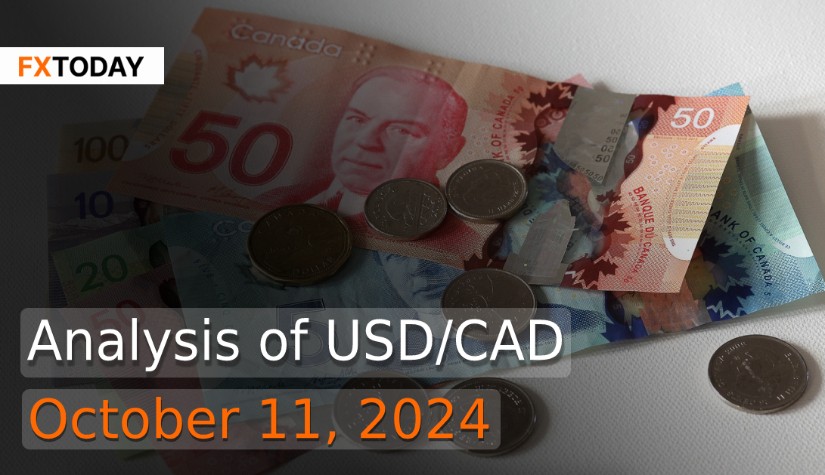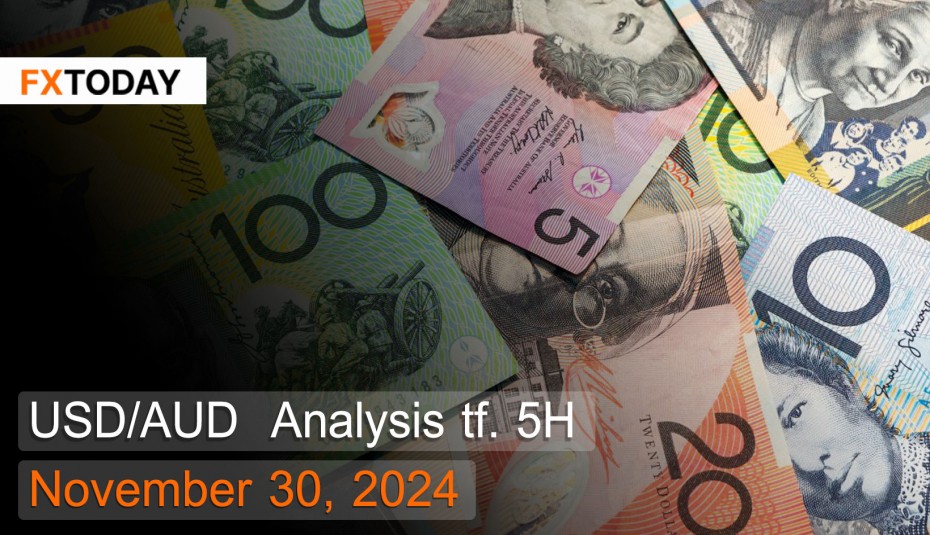Canada's Slowing Growth and Rising Trade Deficit Boost Odds of Rate Cuts
In July, Canada’s GDP rose by a higher-than-expected, marking a brief upswing in economic activity. However, preliminary data for August suggests that this growth likely stalled, reflecting a broader slowing trend. Economists now expect third-quarter GDP to track slightly above 1%, falling short of the Bank of Canada’s (BoC) original 2.8% forecast. The July growth was primarily driven by services sectors, including retail trade, public services, finance, and insurance, which managed to grow despite the economic drag from widespread wildfires.
Sector-specific trends reveal that July’s gains in services were offset in August by contractions in manufacturing, transportation, and warehousing. These declines overshadowed the growth in oil and gas extraction and the public sector. Economists view the brief July uptick as an anomaly within an otherwise sluggish period, which reinforces predictions of an economic downturn.
Recent indicators also show a mixed economic outlook. The Ivey Purchasing Managers Index (PMI) rose to 53.1 in September from 48.2 in August, indicating renewed activity, as a reading above 50 signifies growth. Similarly, the manufacturing PMI also improved in September, signaling expansion for the first time in 17 months. However, the services sector has struggled, with recent data showing job cuts and a near four-year low in new business orders.
Additionally, Canada posted a larger-than-expected trade deficit of C$1.1 billion in August due to a rise in imports and a decline in exports. Imports grew slightly, driven by motor vehicles, equipment, and industrial machinery, while exports fell mainly due to lower crude oil prices. This persistent trade imbalance and ongoing economic weakness increase the likelihood of a significant interest rate cut, with money markets reflecting a strong expectation for a 50-basis-point reduction by the BoC in October.
The U.S. dollar weakened following new data that revealed both a slight increase in consumer prices and signs of labor market vulnerability, supporting expectations for additional Federal Reserve interest rate cuts. September’s consumer price index (CPI) rose by 0.2%, with an annual increase of 2.4%—the smallest year-on-year rise since February 2021. Additionally, unemployment claims surged due to Hurricane Helene and Boeing’s ongoing strike, raising concerns over labor market stability.
Federal Reserve officials indicated openness to more interest rate cuts if inflation continues moderating. New York Fed President John Williams highlighted that future adjustments would rely on economic data, predicting gradual rate cuts to a neutral stance. He anticipates steady growth, with unemployment around 4.25% and inflation nearing the Fed’s 2% target in the coming years.
Market sentiment points to further cuts, with futures pricing showing strong odds of a quarter-point cut in November and a projected Fed policy rate between 3.5% and 3.75% by mid-2025. Chicago Fed President Austan Goolsbee and San Francisco Fed President Mary Daly signaled smaller, gradual rate cuts could be appropriate to avoid economic strain. This could lead to the Canadian dollar fluctuating within its existing wide range during this period.
Data for Technical Analysis (1H) CFD USD/CAD
Resistance : 1.3756, 1.3758, 1.3761
Support : 1.3748, 1.3746, 1.3743
1H Outlook
Source: TradingView
Buy/Long 1 If the support at the price range 1.3738 - 1.3748 is touched, but the support at 1.3748 cannot be broken, the TP may be set around 1.3758 and the SL around 1.3733, or up to the risk appetite.
Buy/Long 2 If the resistance can be broken at the price range of 1.3756 - 1.3766, TP may be set around 1.3769 and SL around 1.3743, or up to the risk appetite.
Sell/Short 1 If the resistance at the price range 1.3756 - 1.3766 is touched, but the resistance 1.3756 cannot be broken, the TP may be set around 1.3748 and the SL around 1.3771, or up to the risk appetite.
Sell/Short 2 If the support can be broken at the price range of 1.3738 - 1.3748, TP may be set around 1.3735 and SL around 1.3751, or up to the risk appetite.
Pivot Points Oct 11, 2024 02:55AM GMT
|
Name
|
S3
|
S2
|
S1
|
Pivot Points
|
R1
|
R2
|
R3
|
|---|---|---|---|---|---|---|---|
| Classic | 1.3739 | 1.3743 | 1.3748 | 1.3752 | 1.3758 | 1.3761 | 1.3767 |
| Fibonacci | 1.3743 | 1.3746 | 1.3748 | 1.3752 | 1.3756 | 1.3758 | 1.3761 |
| Camarilla | 1.3752 | 1.3753 | 1.3754 | 1.3752 | 1.3755 | 1.3756 | 1.3757 |
| Woodie's | 1.3741 | 1.3744 | 1.375 | 1.3753 | 1.376 | 1.3762 | 1.3769 |
| DeMark's | - | - | 1.375 | 1.3753 | 1.376 | - | - |
Sources: Investing 1, Investing 2
















